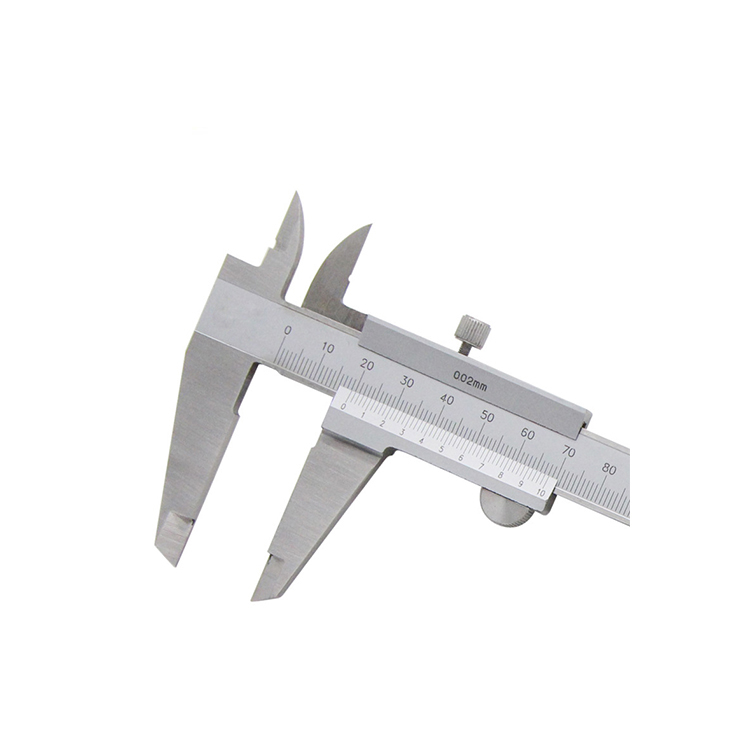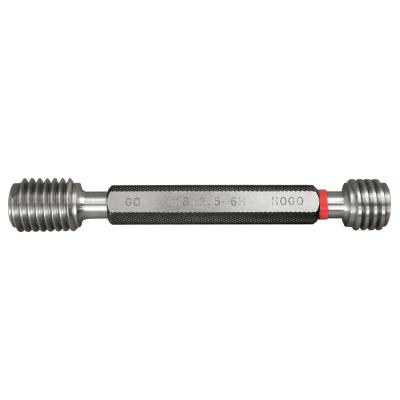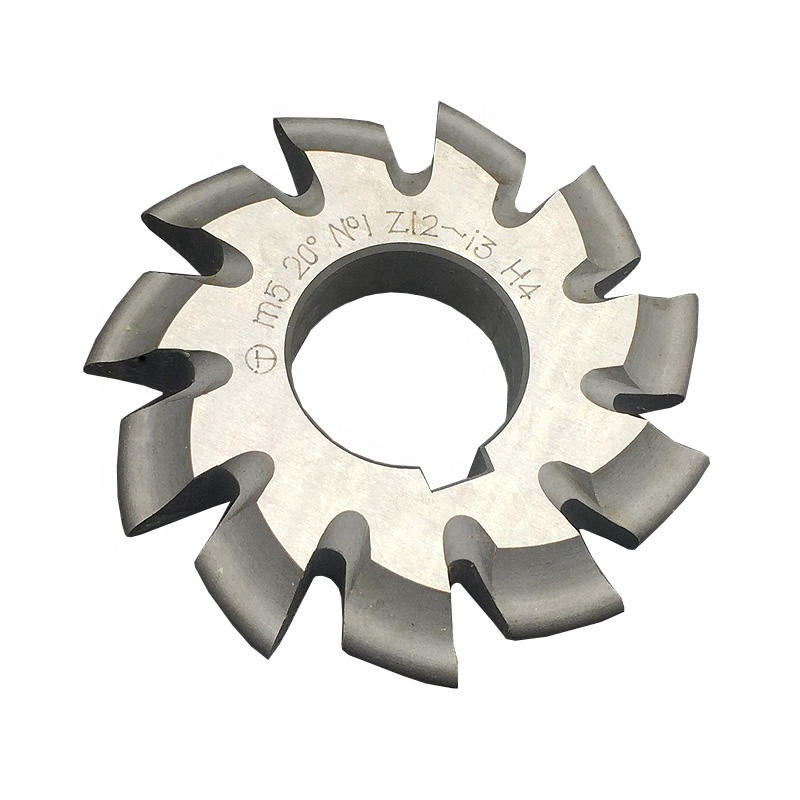carbide end mill cutter Supplier
Finding the right carbide end mill cutter supplier is crucial for achieving precision and efficiency in machining operations. This guide explores key factors to consider when selecting a supplier, the types of carbide end mill cutters available, and best practices for maximizing their performance. We aim to provide valuable insights for informed decision-making in sourcing these essential tools.
Understanding Carbide End Mill Cutters
Carbide end mill cutters are cutting tools used in milling machines for shaping metal and other materials. Their superior hardness and heat resistance compared to high-speed steel (HSS) make them ideal for high-speed machining and demanding applications. Selecting the right type of carbide end mill cutter is vital for achieving optimal results.
Types of Carbide End Mill Cutters
Carbide end mill cutters come in various configurations, each designed for specific applications:
- Square End Mills: General-purpose cutters for creating sharp, square corners and edges.
- Ball Nose End Mills: Feature a rounded tip for creating contoured surfaces, molds, and dies.
- Corner Radius End Mills: Have a slight radius on the cutting edge to reduce chipping and improve surface finish.
- Roughing End Mills: Designed for rapid material removal, featuring serrated or corrugated cutting edges.
- Finishing End Mills: Used for achieving a smooth, precise surface finish.
- Tapered End Mills: Used for machining tapered features.
Choosing the Right Carbide Grade
The grade of carbide used in the end mill affects its performance and longevity. Common carbide grades include:
- Uncoated Carbide: Suitable for general-purpose machining of non-ferrous materials.
- Coated Carbide: Features a protective coating (e.g., TiAlN, TiCN, DLC) to improve wear resistance, heat resistance, and lubricity, making them suitable for machining ferrous materials and high-temperature applications.
Key Considerations When Selecting a Carbide End Mill Cutter Supplier
Choosing the right carbide end mill cutter supplier can significantly impact your machining operations. Here's what to consider:
Product Quality and Consistency
Ensure the supplier offers high-quality carbide end mill cutters with consistent performance. Look for suppliers with a reputation for using premium materials and advanced manufacturing processes.
Range of Products and Customization Options
A good supplier should offer a wide range of carbide end mill cutters to meet your specific needs. Customization options, such as special geometries or coatings, can be beneficial for unique applications. Consider exploring the diverse range of options available at Wayleading Tools.
Pricing and Lead Times
Compare pricing and lead times from different suppliers to find the best value for your money. Consider the total cost of ownership, including tooling costs, machine downtime, and scrap rates.
Technical Support and Expertise
Choose a supplier that provides excellent technical support and expertise. They should be able to help you select the right carbide end mill cutter for your application and troubleshoot any issues that may arise.
Reputation and References
Check the supplier's reputation by reading online reviews and asking for references from other customers. A reputable supplier will have a track record of providing high-quality products and excellent customer service.
Factors Affecting Carbide End Mill Cutter Performance
Several factors influence the performance and lifespan of carbide end mill cutters:
Material Being Machined
The type of material being machined affects the selection of the carbide end mill cutter, cutting parameters, and coolant. Harder materials require more wear-resistant cutters and slower cutting speeds.
Cutting Parameters
Proper cutting parameters, such as spindle speed, feed rate, and depth of cut, are crucial for optimal performance. Incorrect parameters can lead to premature wear, chipping, or breakage.
Coolant and Lubrication
Using the right coolant and lubrication can reduce heat, friction, and chip adhesion, extending the life of the carbide end mill cutter and improving surface finish.
Machine Rigidity and Stability
A rigid and stable machine tool is essential for minimizing vibration and chatter, which can negatively impact the performance of the carbide end mill cutter.
Best Practices for Using Carbide End Mill Cutters
To maximize the performance and lifespan of your carbide end mill cutters, follow these best practices:
- Proper Tool Holding: Use a high-quality tool holder that provides adequate clamping force and minimizes runout.
- Regular Inspection: Inspect carbide end mill cutters regularly for wear, damage, or chipping. Replace worn or damaged cutters promptly.
- Correct Sharpening: Sharpen carbide end mill cutters as needed to maintain their cutting edge. Use a specialized sharpening machine and follow the manufacturer's recommendations.
- Cleanliness: Keep carbide end mill cutters clean and free from debris to prevent chip adhesion and corrosion.
- Proper Storage: Store carbide end mill cutters in a dry, protected environment to prevent damage and corrosion.
Troubleshooting Common Problems with Carbide End Mill Cutters
Here are some common problems that can occur with carbide end mill cutters and their potential solutions:
- Chipping: May be caused by excessive cutting forces, vibration, or improper coolant. Reduce cutting forces, improve machine rigidity, and ensure adequate coolant flow.
- Wear: Occurs over time due to friction and heat. Use a more wear-resistant carbide end mill cutter or reduce cutting speeds.
- Breakage: May be caused by excessive cutting forces, tool collision, or material defects. Reduce cutting forces, improve machine rigidity, and inspect the workpiece material for defects.
- Poor Surface Finish: May be caused by vibration, excessive cutting speeds, or dull carbide end mill cutters. Reduce cutting speeds, improve machine rigidity, and sharpen or replace the carbide end mill cutter.
Comparing Carbide End Mill Cutter Grades
A brief comparison of the common carbide grades, highlighting their suitability for various materials:
| Carbide Grade | Typical Coating | Suitable Materials | Pros | Cons |
|---|---|---|---|---|
| Uncoated | None | Aluminum, Plastics | Sharp cutting edges, cost-effective | Lower wear resistance, not suitable for high-temperature applications |
| TiAlN Coated | TiAlN | Steel, Stainless Steel, Cast Iron | High heat resistance, excellent wear resistance | More expensive than uncoated |
| TiCN Coated | TiCN | Steel, Cast Iron | Good wear resistance, good abrasion resistance | Not as heat resistant as TiAlN |
Conclusion
Selecting the right carbide end mill cutter supplier and using best practices for tool maintenance and operation are essential for achieving optimal machining results. By carefully considering the factors outlined in this guide, you can make informed decisions that improve your productivity, reduce costs, and enhance the quality of your finished products. We at Wayleading Tools, aim to be your trusted partner in providing high-quality cutting tools for your manufacturing needs.
Related products
Related products
Best selling products
Best selling products-
 Type C Cylinder Ball Nose Tungsten Carbide Rotary Burr
Type C Cylinder Ball Nose Tungsten Carbide Rotary Burr -
 58pcs Clamping Kit With Metric & Inch Size
58pcs Clamping Kit With Metric & Inch Size -
 MT/R8 Shank Quick Change Tapping Chuck With MT & R8 Shank
MT/R8 Shank Quick Change Tapping Chuck With MT & R8 Shank -
 Precision Monoblock Vernier Caliper Of Metric & Imperial For Industrial
Precision Monoblock Vernier Caliper Of Metric & Imperial For Industrial -
 Deburring Tool Blades Using For Deburring
Deburring Tool Blades Using For Deburring -
 Precision Magnetic Base With Fine Adjustment For Dial Indicator
Precision Magnetic Base With Fine Adjustment For Dial Indicator -
 5C Hex Collet With Inch and Metric Size
5C Hex Collet With Inch and Metric Size -
 Precision Dial Test Indicator Gage For Industrial
Precision Dial Test Indicator Gage For Industrial -
 Metric Thread Plug Gauge 6H Accuracy With Go & NO Go
Metric Thread Plug Gauge 6H Accuracy With Go & NO Go -
 Precision V Block Set With High Quality Type
Precision V Block Set With High Quality Type -
 Keyless Drill Chuck With Heavy Duty Type
Keyless Drill Chuck With Heavy Duty Type -
 HSS Module Involute Gear Cutters With PA20 And PA14-1/2
HSS Module Involute Gear Cutters With PA20 And PA14-1/2










